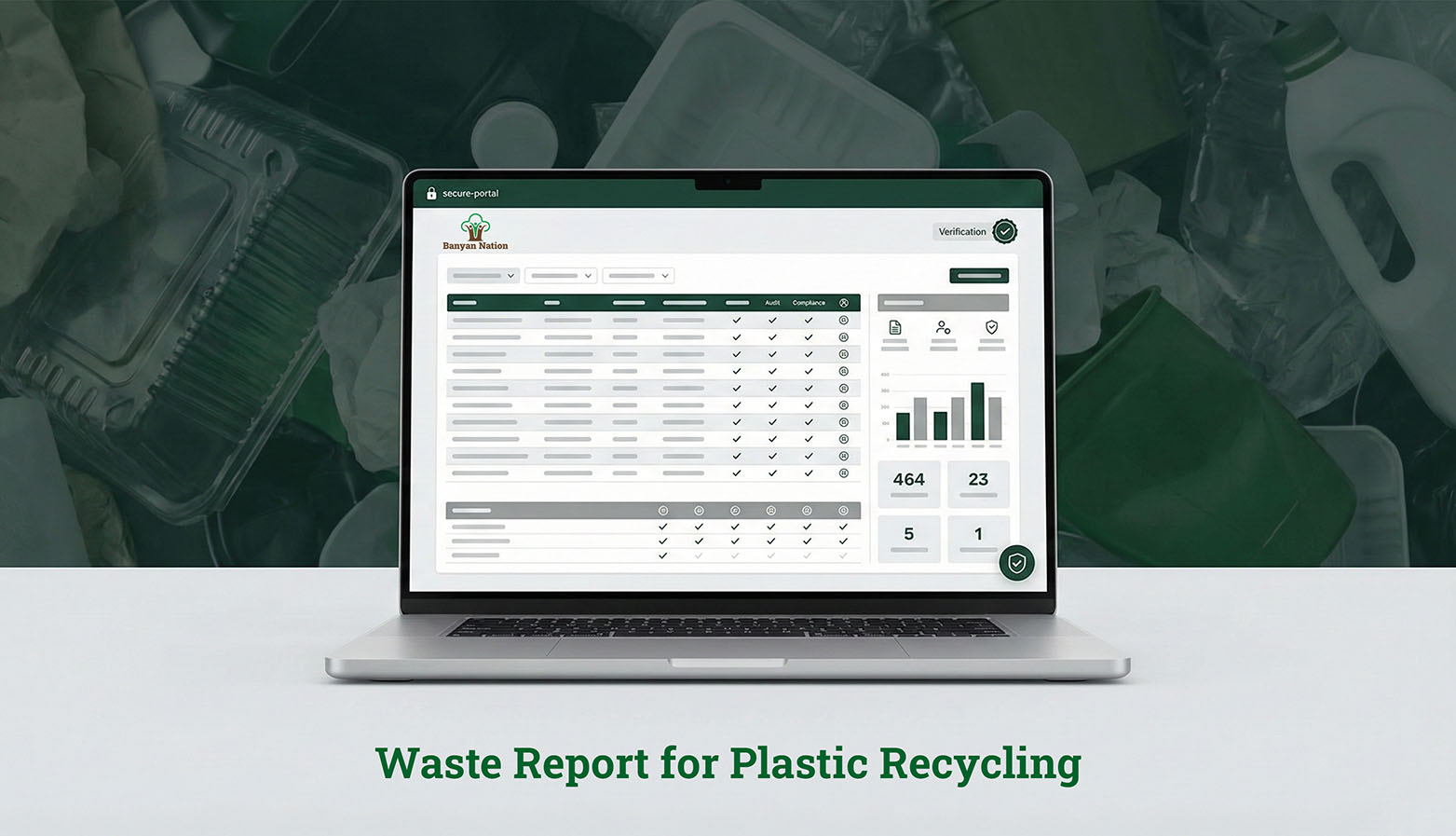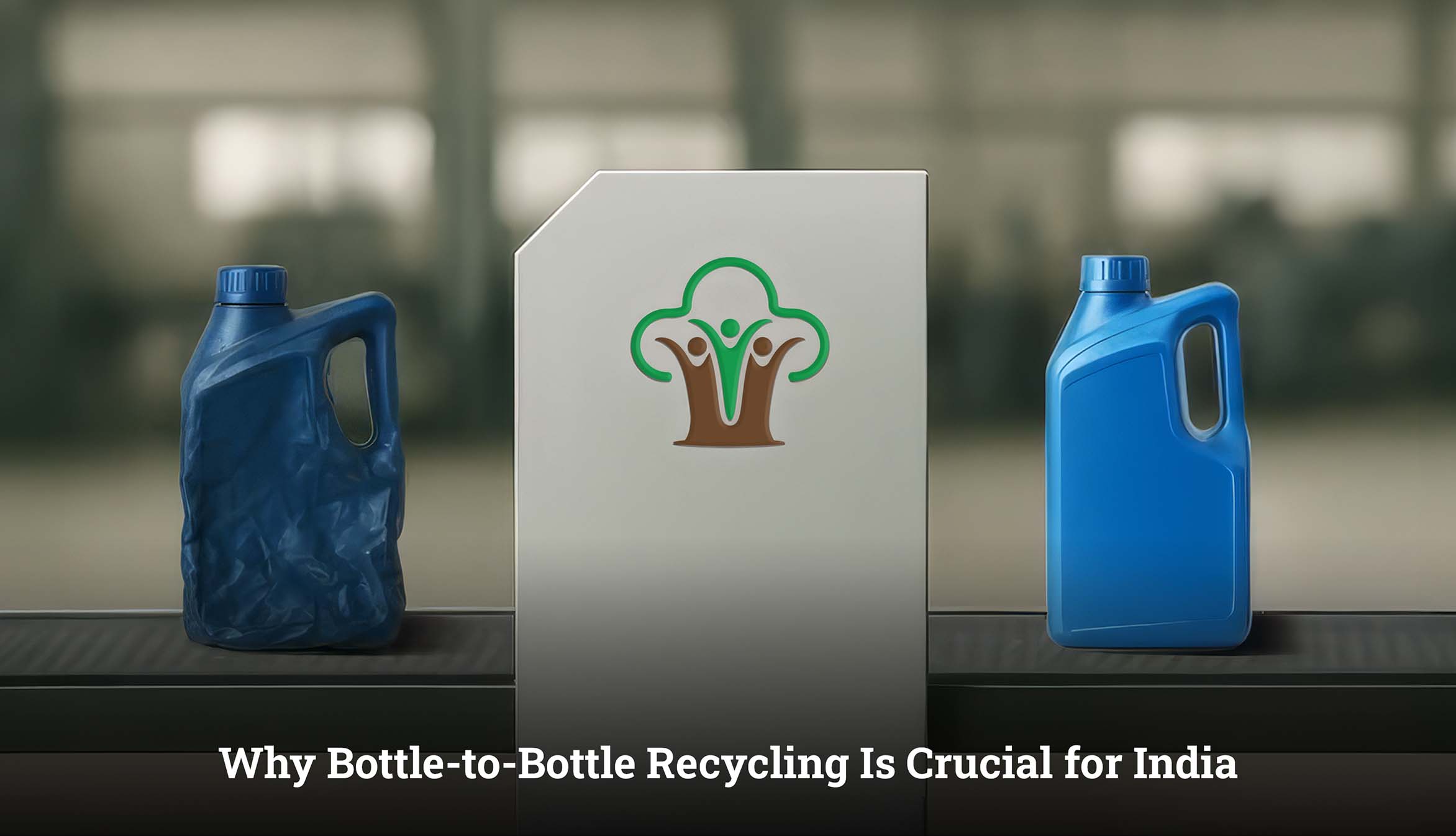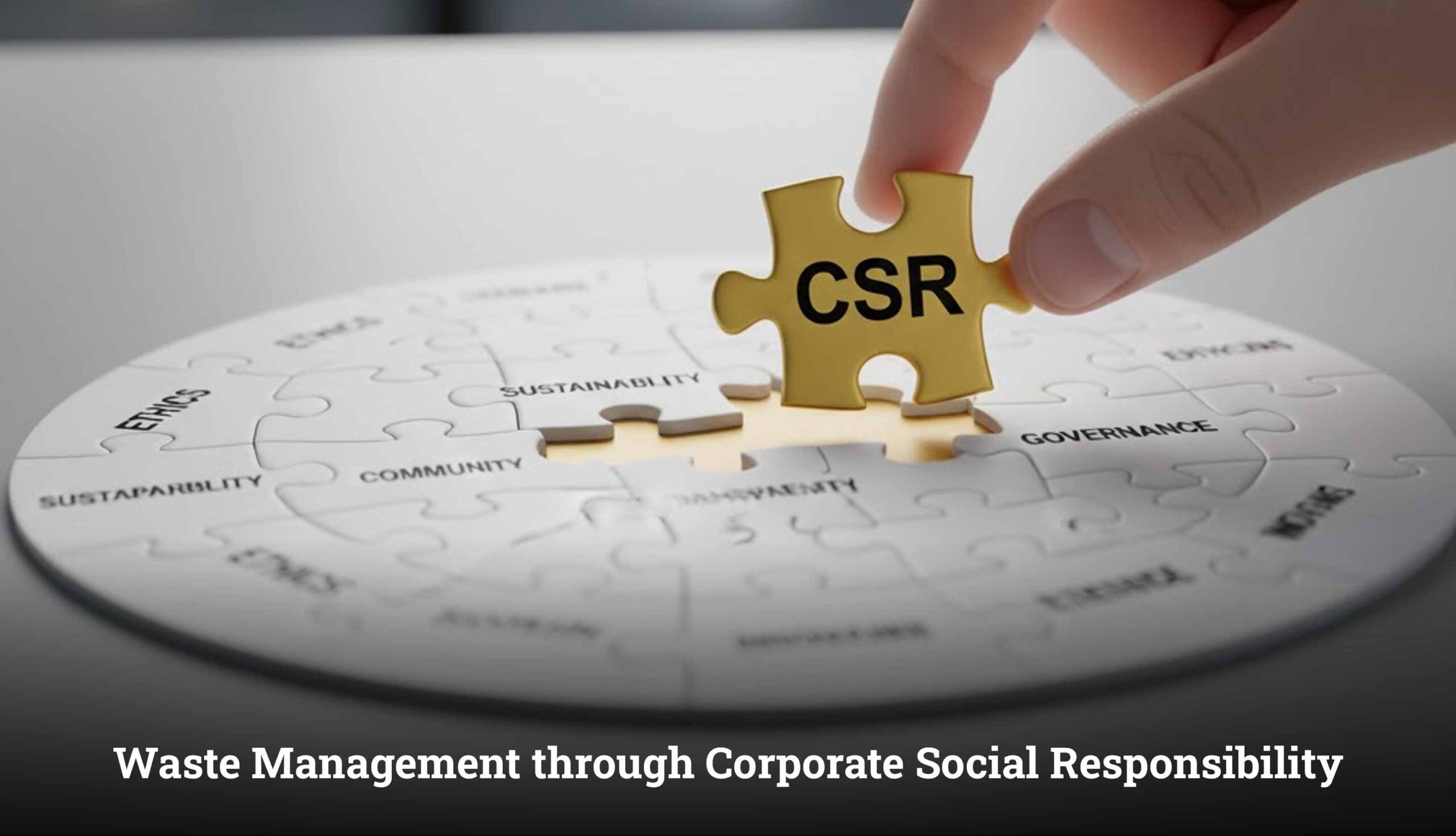The circular economy model has been gaining traction has sustainable development emerges as the theme of the decade. The model aims to reduce waste, redesign our economic framework and increase resource efficiency. In this framework, there is a crucial role of plastic recycling in addressing one of our most pressing environmental challenges.
A system is presented where resources are used, recycled, and recovered to realize maximum value before being responsibly disposed of or regenerated. The concept of waste from one process becoming a resource for another in natural ecosystems is mimicked.
The current state of plastic use.
The applications of plastic have become vast all the way from automotive parts to packaging. However, there are environmental challenges which are critical. Caused by the broad use of single-use plastic.
The Importance of Plastic Recycling
Transitioning into a circular economy, plastic recycling plays a crucial role in various key areas:
Minimizing Waste: Recycling can reduce pollution and keep plastic waste out of landfills and natural habitats.
Saving Resources: Recycling plastics proves to be very helpful as it helps save resources which also lowers the requirement for new resources, especially oil.
Creating Energy Efficiency: Products manufactured using reprocessed plastic do not demand as much energy as producing new designer non-woven materials does, because some of these products are already in the market.
Fostering Economic Growth: The recycling industry creates Employment Opportunities in the sector and also enhances Creativity in the professionals working.
Promoting Circular Material Flow: Saving Resources: Recycling plastics proves to be very helpful as it helps in saving resources which also lowers the requirement for new resources especially oil.
Creating Energy Efficiency: Products manufactured using reprocessed plastic do not demand as much energy as producing new designer non-woven materials does, because some of these products are already in the market..
The Pragmatic Approach
In spite of these challenges, one of the very first practical and easily applicable methods for supervising existing plastic waste is plastic recycling. Recycling serves as a crucial intervals’ solution, whereas the extreme objective may be to decrease plastic utilization and create more feasible materials.
It gives a substantial means of managing the endless amounts of plastic already in circulation, offering environmental benefits and supporting the transition towards more circular fabric streams. As such, recycling ought to be seen as a complementary methodology to broader waste reduction and material development endeavors.
Engaging Consumers and Industries
For plastic recycling to be truly effective, both consumers and industries must be actively involved:
- Raising Consumer Awareness: It’s essential to educate people about correct recycling practices and the importance of properly sorting waste.
- Industry Involvement: Companies should invest in more cutting-edge recycling technology and should prioritize designing products that are easy to recycle in order to boost the efforts of recycling processes.
- Government Support: Through policies like EPR and requirements for incorporating recycled materials, legislation can play a crucial role in encouraging recycling.
Market Growth: It is crucial to develop stable and effective markets for all recyclable materials in order to maintain the ongoing effectiveness of all the recycling programs.
Looking Ahead
Consequently, plastic recycling offers tremendous opportunities for growth as we make progress towards a circular economy. The technology of formulating new products from recycled materials has a lot of opportunities that can be solved by developing new plastic pigments. Also, new materials and materials for packaging will facilitate even greater recycling.
FAQ's
What are examples of circular economy practices?
Circular economy practices have a goal to make most of their resources and to minimize waste. Here are some key examples :
- Recycling and Reuse: The practice focuses on materials like metals, paper, glass and plastics and reprocessing them into new products. By doing so, we reduce the need for fresh raw materials and cut down on waste. Recycling old electronics,for instance, can help us recover precious metals like copper and gold.
- Cradle- to- cradle design: The entire lifecycle of designing products is involved and it ensures that every material can be safely turned into new products or returned to the environment.The goal is to create an ecosystem where nothing is wasted and everything has a purpose.
- Zero-Waste Initiatives:Elimination of waste altogether is the strategy being worked towards. The ultimate goal is to make sure everything and all the materials are repurposed and nothing is wasted.
What is the Role of Governments in Promoting Plastic Recycling and a Circular Economy?
Governments are crucial in advancing plastic recycling and the circular economy by:
Supporting Policy: They can implement laws and regulations like extended producer responsibility programs and requirements for recycled content, which encourage more effective plastic recycling.
Building Markets: Governments play a key role in creating steady markets for recycled materials, which helps keep recycling programs effective and sustainable over time.
What is the Role of Consumers in a Circular Economy?
Consumers are crucial to a circular economy by:
Education and Awareness: Gaining knowledge about how to recycle properly, especially when it comes to plastics, and recognizing the importance of separating waste correctly..
Active Participation: Engaging in recycling efforts by correctly disposing of recyclable materials and choosing products made from recycled plastic.
How can Businesses Transition into a Circular Economy Model ?
Designing for Recyclability: In completing the material loop and enhancing the efficiency of plastic recycling, products are developed that are simple to recycle.
Investing in Recycling Infrastructure: Plastic recycling is established as crucial through the establishment and upgradation of facilities and technologies.
Embracing Sustainable Practices: Incorporating Recycled materials in products and seeking out alternative material, cutting back on plastic usage and packaging options all support the objectives of a circular economy.

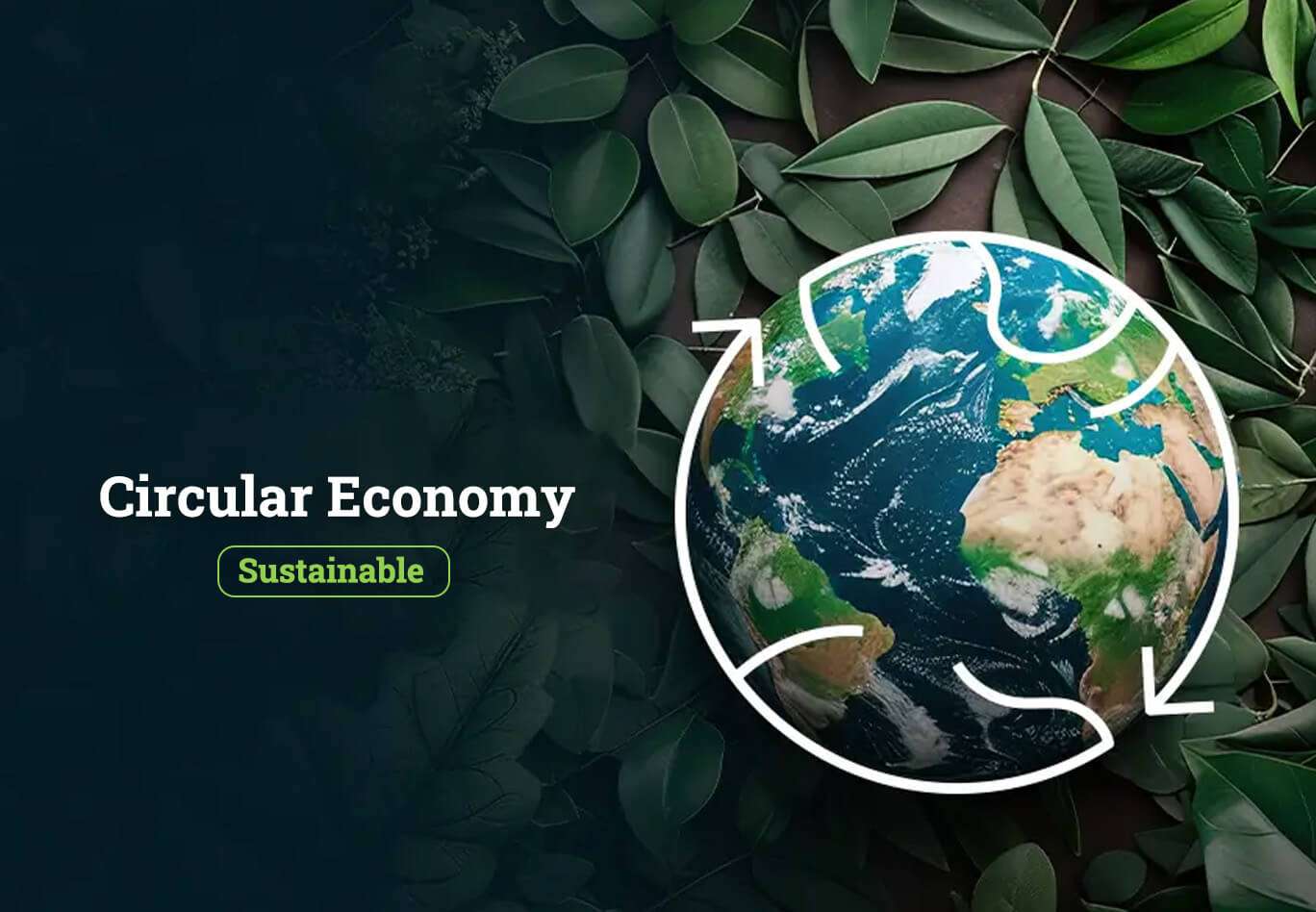
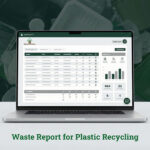 What Is Waste Reporting and Why Does It Matter in Plastic Recycling?
What Is Waste Reporting and Why Does It Matter in Plastic Recycling?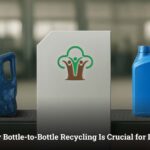 What Is Bottle-to-Bottle Recycling? Why It Matters for India
What Is Bottle-to-Bottle Recycling? Why It Matters for India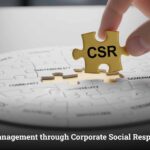 The Role of CSR (Corporate Social Responsibility) in Waste Management
The Role of CSR (Corporate Social Responsibility) in Waste Management What is Takeback Program & Their Role in Building a Circular Economy
What is Takeback Program & Their Role in Building a Circular Economy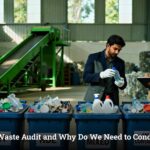 What Is a Waste Audit and Why Should Recycling Companies Conduct One?
What Is a Waste Audit and Why Should Recycling Companies Conduct One?